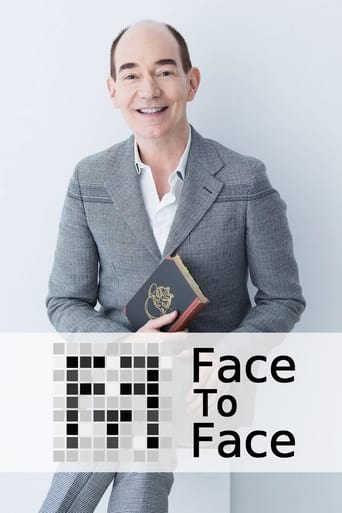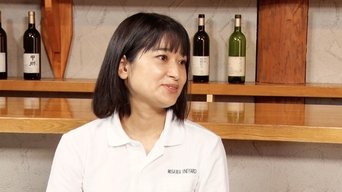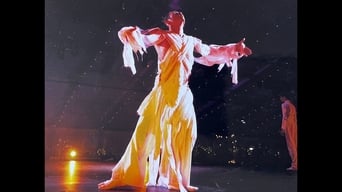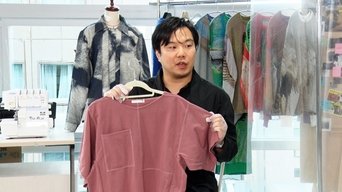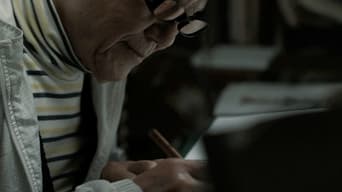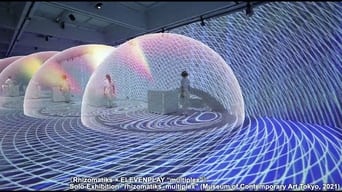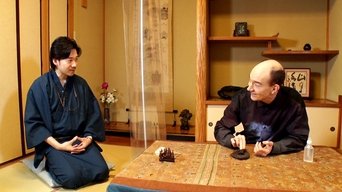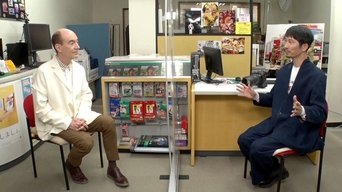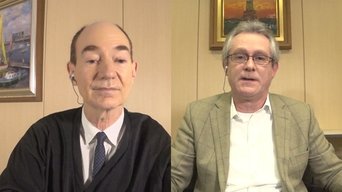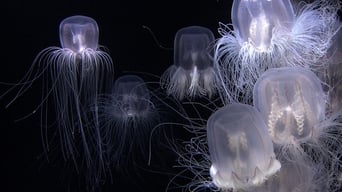Face To Face Season 7
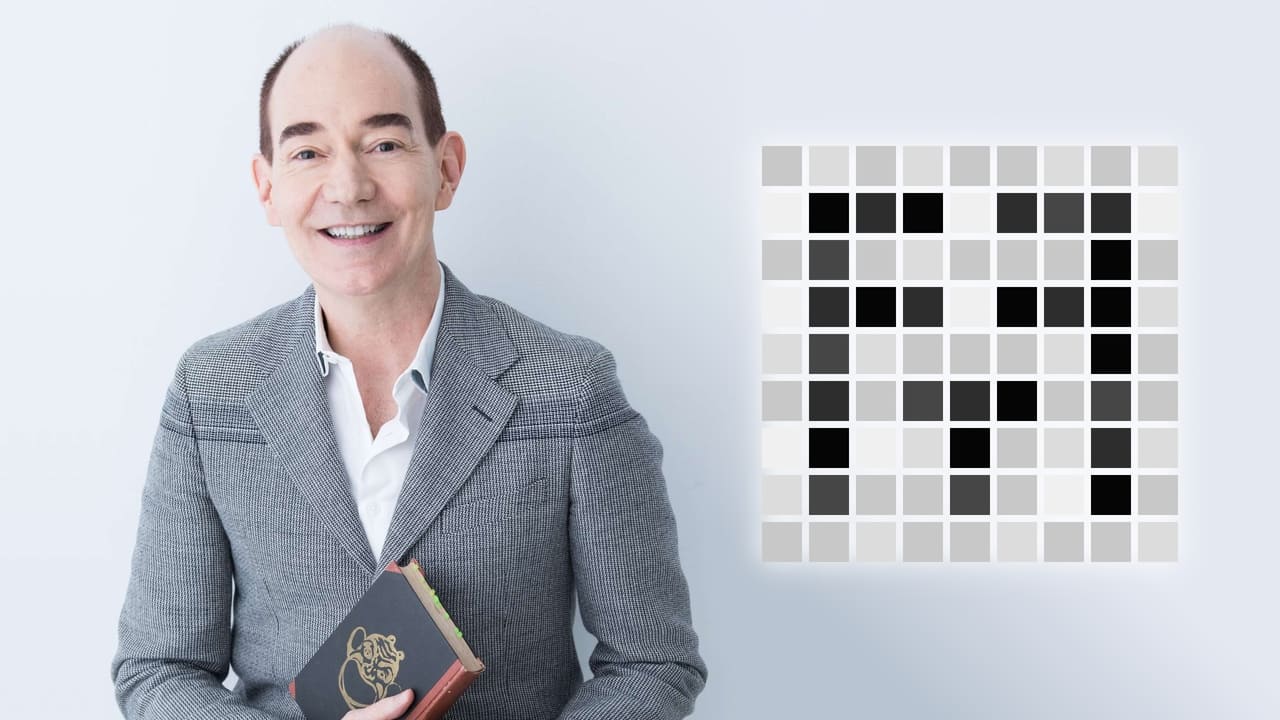
In conversation with... Japan expert Robert Campbell sits down with individuals from all walks of life whose drive and perspectives are changing Japan.
Watch NowWith 30 Day Free Trial!
Face To Face
2015
In conversation with... Japan expert Robert Campbell sits down with individuals from all walks of life whose drive and perspectives are changing Japan.
Watch Trailer
With 30 Day Free Trial!
Face To Face Season 7 Full Episode Guide
A luxury restaurant in Tokyo has started to serve an unusual menu; it uses ingredients otherwise destined to be thrown away. It's one of many projects masterminded by food loss activist Yamada Sakiko, who connects producers with high-end brands. Her philosophy stems from the Japanese spirit of avoiding waste, as well as her respect for diversity gained from doing business throughout the world. Her goal is to create a business model that finds value in things that go unnoticed and to make people around the world happy.
Born into a family of winemakers in Yamanashi Prefecture, Misawa Ayana is breathing new life into Japanese wines. Since 2014, her wines made from Koshu grapes, once thought to be unsuitable for wine, have won international acclaim. Behind her success are her adventurous spirit, her strategic thinking based on her studies in Europe and elsewhere, and her belief in the land and fermentation culture of Koshu. She shares with us her dreams of putting Koshu wine on the world map.
Tsujimoto Tomohiko is a dancer and choreographer known for his unique fusion of dance styles. He honed his technique in Tokyo and New York, and for much of his 30s toured internationally with Cirque du Soleil. As a choreographer, he's highly regarded for his skill in drawing out a dancer's individuality. He created the dance for the children's song "Paprika," which has been viewed over 200 million times on streaming sites. He joins us to discuss Japan's dance culture.
Fashion designer Kawasaki Kazuya is attracting global attention for his work in sustainable fashion. He works with experts in diverse fields such as AI, architecture, biotechnology and traditional textiles. Through these collaborations, he has worked to develop new materials, fabric-cutting methods, and color applications to create eco-friendly and sustainable designs. He shares with us his dream of weaving a network of people and technology that exists in harmony with nature.
Chiba Tetsuya has led the world of Japanese manga for over 60 years. In 1967, he began a five-year series which became a monumental work. "Ashita no Joe" is the story of a young orphan who discovers boxing and overcomes hurdles to become a champion. Now well into his 80s, Chiba is dedicated to training young artists while continuing to draw short manga. He draws his everyday life, his thoughts, and his recollections of the war and the early years of his career as a message for the future.
Manabe Daito is an artist whose work spans from media arts to stage productions. He leads a group of experts in both software and hardware development, encompassing every step in the creative process. Working closely with his team, he applies cutting-edge technologies, such as augmented reality and projection mapping, to explore a world that exists along the borderline of real and virtual. He shares with us his fascination with data visualization, which he says is all about visualizing the invisible.
Aoyagi Takashi makes the inkstones for grinding the sumi ink used in calligraphy, the art of writing with brush and ink. Aoyagi not only carves these inkstones, but goes deep into the mountains to look for stones that will become one-of-a-kind pieces. He uses all five senses to bring out the unique characteristics of each, which is why he can only produce ten a year. He talks about his craft and his dedication to keeping the tradition of writing with brush and ink alive despite the rise of digital communication.
Gomi's picture books are free of both moral stories and definite conclusions. He is content to leave the interpretation up to his readers. Rather than presenting a clear plot or conclusion, he wants his works to stir emotions. Therefore, he does not believe in educating children through picture books. He believes that the responsibility of adults is to watch over children, not nurture them. We will take a closer look at the philosophy of this unconventional, free-spirited picture book author.
Photographer Asada Masashi, who inspired the award-winning film, "The Asada Family, " is famous for taking unconventional family photos. One photo featuring his own family shows them dressed up as firefighters. Rather than traditional family portraits, Asada had his family take on fictional roles, such as that of a team of firefighters. Through his work and his experience of cleaning and returning family photos to the victims of a disaster, he's come to realize the power of photos that capture moments in everyday life, which he shares with us on Face To Face.
The skills of Japan's craftsmen are indispensable in restoring and preserving Japan's traditional wooden architecture. At the end of 2020, these skills were listed as a UNESCO Intangible Cultural Heritage. David Atkinson, a former financial analyst from the UK, is the CEO of a 300-year-old company that has led the restoration of World Heritage sites such as Nikko Toshogu Shrine. Through bold reforms, he's managed to attract more young people into the field and is now seeking ways to secure funding through tourism.
A Japanese aquarium that was once in dire straits has become the world's center for jellyfish research, thanks to its current director, Okuizumi Kazuya. He proposed setting up a jellyfish exhibit many years ago. At the time, he was a young man with little self-esteem. But the success of the exhibit gave him a new perspective. Today, he's become a leading expert in jellyfish, and his fish tank designs have been adopted by aquariums world over. He shares his passion for jellyfish with our host, Robert Campbell.
Free Trial Channels
Seasons


